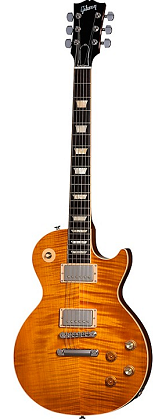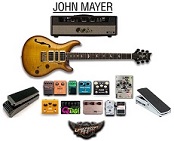Studio monitors come in two general versions: Powered and Unpowered monitors.

A powered monitor, also known as an Active Monitor, has a power amp and crossover built into it. This means you don't need a seperate power amp to drive your speakers. Hooking up a powered set of monitors is often as easy as just pluging them into your computer and you are ready to rock. Some monitors may have what is called Bi-amplification. When a passive system's single amplifier must reproduce the whole audio spectrum, low frequencies rapidly "consume" the amp's headroom. As higher frequencies "ride along" on lower frequency waveforms, they can be chopped off or distorted even though the high frequencies themselves would not be clipping. Separating highs from lows via an active electronic crossover lets a bi-amped system use two different amplifiers. Each is free to drive just one transducer to its safe maximum limit without intermodulation distortion or other interaction between the two drivers.
The nice thing about buying a powered monitor is that the company who makes it does a lot of research as to what technical specs for the powering section will provide the best sound and features for you.Many of us don't want to know about ohms, watts, damping, overload protection, crossovers, etc... Buying a pair of powered monitors aleviates this pain.




